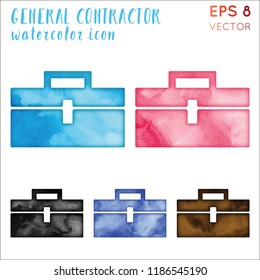Discover Just How Seasonal Impacts Can Impact The Performance Of Business External Paint And Discover One Of The Most Favorable Times To Guarantee Durable Outcomes For Your Job
Discover Just How Seasonal Impacts Can Impact The Performance Of Business External Paint And Discover One Of The Most Favorable Times To Guarantee Durable Outcomes For Your Job
Blog Article
Post Author-Leach Rodriquez
When you're preparing a business external painting task, seasonal variables can make or damage your results. You'll intend to consider just how temperature level and humidity impact paint application and drying times. Selecting the best period can guarantee your paint sticks appropriately and lasts much longer. However which periods are absolutely the best for this sort of work? Let's explore the key elements that can affect your job's success.
The Impact of Temperature Level on Paint Application
When you're preparing a business outside painting job, the temperature level can substantially impact how well the paint sticks and dries.
Ideally, you wish to repaint when temperatures range between 50 ° F and 85 ° F. If it's also cold, the paint might not heal correctly, causing issues like peeling or splitting.
On the other side, if it's also warm, the paint can dry out too quickly, stopping appropriate bond and causing an irregular coating.
You need to additionally consider the time of day; morning or late afternoon uses cooler temperatures, which can be more favorable.
Always check the supplier's referrals for the specific paint you're making use of, as they usually supply advice on the optimal temperature array for ideal results.
Moisture and Its Impact on Drying Times
Temperature isn't the only environmental variable that affects your industrial exterior paint task; humidity plays a significant role as well. High humidity degrees can reduce drying out times considerably, influencing the overall high quality of your paint work.
When the air is filled with moisture, the paint takes longer to heal, which can result in issues like poor attachment and a greater risk of mold development. If you're painting on a specifically damp day, be planned for extensive wait times between layers.
It's critical to monitor neighborhood climate condition and plan accordingly. Preferably, go for humidity degrees in between 40% and 70% for ideal drying out.
Maintaining these factors in mind ensures your task remains on track and delivers a lasting finish.
Best Seasons for Commercial Exterior Painting Projects
What's the best season for your business external paint projects?
Spring and early fall are usually your best choices. During these periods, temperatures are mild, and humidity degrees are commonly reduced, creating suitable problems for paint application and drying out.
Prevent summer season's intense heat, which can create paint to completely dry too promptly, bring about inadequate bond and coating. In a similar way, winter season's cool temperature levels can impede appropriate drying and healing, taking the chance of the long life of your paint work.
Go for days with temperatures between 50 ° F and 85 ° F for optimum outcomes. Bear in mind to examine the neighborhood weather report for rainfall, as wet conditions can destroy your job.
Planning around these factors ensures your paint project runs smoothly and lasts much longer.
Final thought
To conclude, intending your business exterior paint jobs around seasonal factors to consider can make a substantial difference in the result. By organizing https://home-painters-near-me42097.59bloggers.com/34768228/discover-the-current-strategies-and-fads-in-home-painting throughout the perfect temperature levels and humidity levels, you'll ensure far better bond and drying out times. Remember to watch on neighborhood weather prediction and choose the correct time of year-- springtime and very early loss are your best choices. Taking click this link here now will aid you attain a long lasting and expert finish that lasts.
